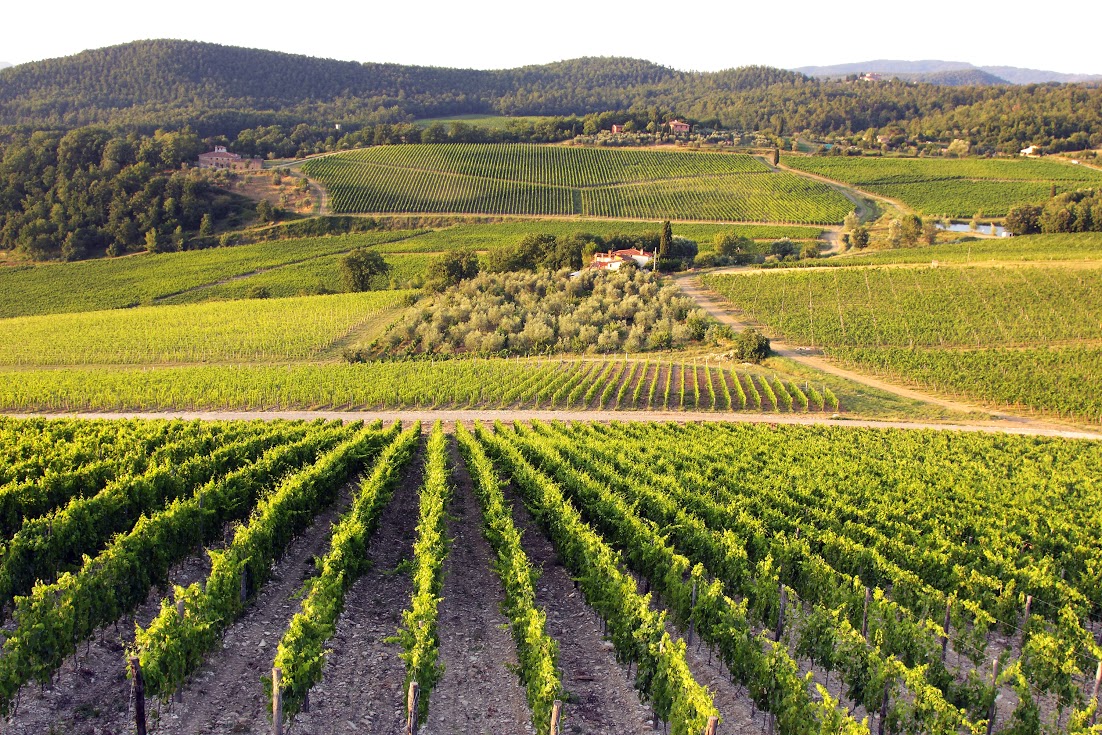
Tuscany Wines
Imagine yourself in the garden of a Tuscan villa, gazing over sweeping vineyards, olive groves, green rolling hills and small stone villages. The sun is bearing down on you as you lie back on a sun lounge near the pool. Yes, we can help you here! But first let’s have a look at the wine tasting you are likely to experience in this heavenly plot.
Italian vs French Wines
Italian wines are second only to the French – if you believe the French. And the best known and loved is the Chianti – which is why we are lazing around in Tuscany.
Chianti wines
For young people growing up in the UK around the 60’s and 70’s, Chianti was the ‘in’ wine to drink. It had that famous and lovely straw basket on the base of an iconic bottle, and in all the apartments, flats and University accommodation I can remember, there was the obligatory empty Chianti bottle which had either candle wax dripping casually over the basket or someone’s handiwork, adapting the top with an equally delightful lampshade and lamp fitting.
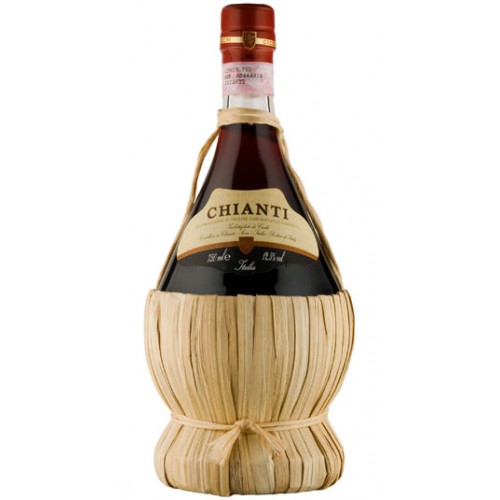
We had no knowledge of the different classifications of Chianti, and it probably did not matter, because most students were financially strapped, so ‘cheap plonk’ was what we drank – in this case the ‘generic’ Chianti. This did nothing to enhance the reputation of what is really one of Italy’s best loved red wines.
What we know as the Chianti region is where the Etruscans produced wine over 2000 years ago, then the Romans had a go, and in the Middle Ages, this wine-producing land was much fought over. As life settled down, the vines flourished and serious wine-making began in earnest. The Chianti wine area has not been clearly defined, but generally extends between Florence, Siena and Arezzo, even as far as Montepulciano, with 7 sub-regions, Colli Aretini, Colli Fiorentini, Colline Pisane, Colli Senesi, Montalbano, Rufina and the best known being Chianti Classico. Most people want to know what the different labelling of Chianti means - Chianti (generic), Chianti Classico and Chianti Reserva which is explained below.
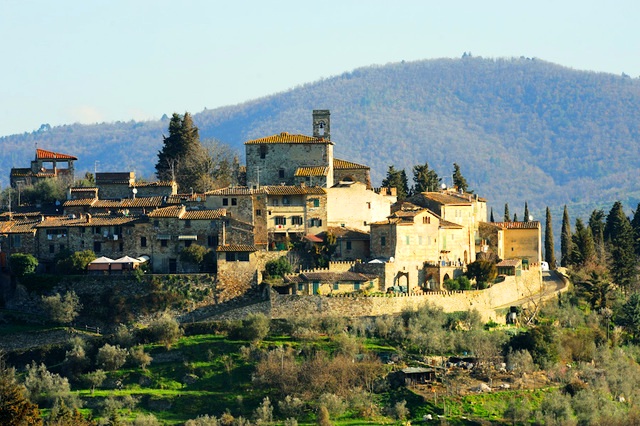
Made largely from Sangiovese grapes, the different classifications allow some blending with either red or white grapes. Sangiovese is also known under a variety of other names such as Montepulciano (not to be confused with the region of the same name), Pignolo, Brunello and more. If you search the internet, you will find many conflicting articles on the names and actual variety of the grapes, so what you are reading here may well be the subject of debate. However, not too many people would dispute the fact that Chianti is one of the most picturesque and photographed wine regions in all of Italy, and that Sangiovese is the name most used for that particular grape.
Chianti
Bottles labelled as ‘Chianti’ have just that on the label. It is the generic standard of Chianti but still has specifications which must be adhered to in order to obtain the ‘DOC’ label. A blend of grapes is permitted from different Chianti regions. The minimum percentage of Sangiovese is 75%, although many wines are 100% Sangiovese, and surprisingly, white grapes may also be blended in. It should be noted that the French also blend white grapes (Viognier) with some of their Shiraz wines to add ‘aromatic complexity’. The minimum alcohol level for the Chianti classification is 11.5% and grape harvest yields are restricted to 4 tonnes per acre.
Chianti classico
Chianti Classico wines historically came from a small, prestigious zone within the Chianti region known as the ‘Florentine Military league of Chianti’, whose symbol is the famous black rooster (gallo nero). Only Chianti from this sub-region of ‘Classico’ can carry the black rooster symbol. The region now includes some zones other than those of the ‘League’ origin, and comprises some 100 square miles of vineyards. This is a wine with the DOCG (guaranteed) classification. It is regularly tested and has a government seal across the cork. The minimum percentage of Sangiovese is 80% and only red grapes are permitted to make up the 20%. The minimum alcohol level is 12% and the wine must be aged for 12 months in oak barrels with grape harvest restricted to 3 tonnes or less per acre.
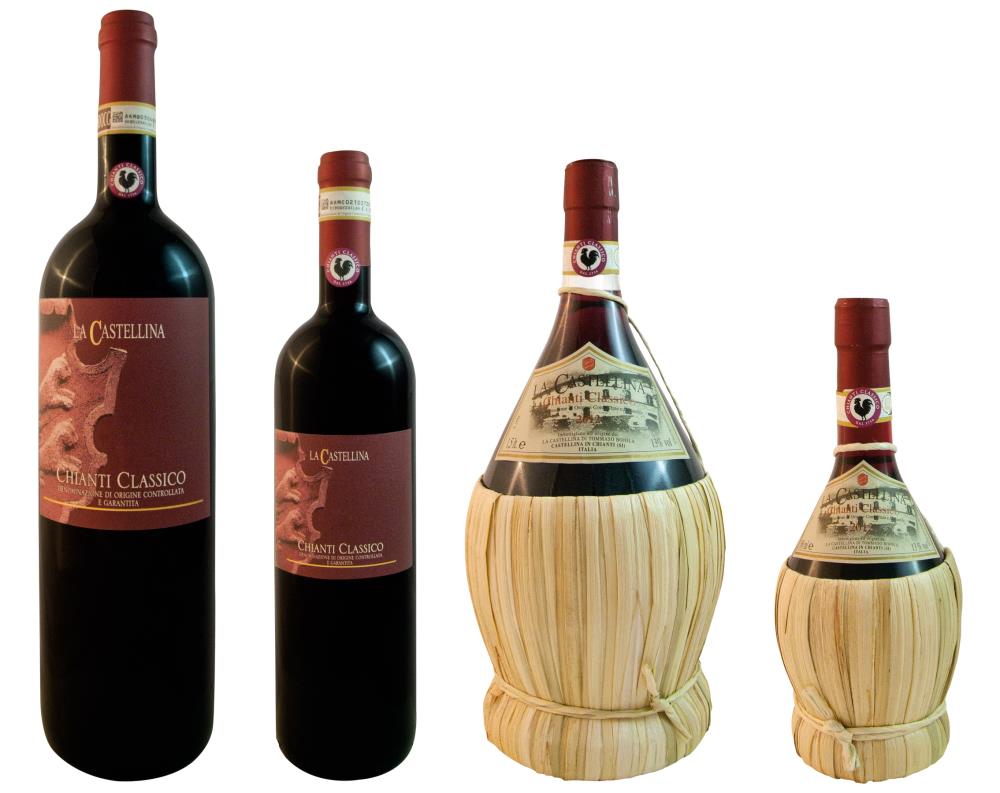
Chianti di reserva
Chianti Riserva rates above all other Chiantis, and must be aged in oak for a minimum of 2 years and 3 months in the bottle.It has a minimum alcohol level of 12.5% and should age well in the bottle (if it makes it down to the cellar!) This wine is the top of the Chianti range. The ‘Riserva’ classification is also used for many other Italian wine regions to denote a special quality wine, but the same criteria do not necessarily apply to different wine regions.
As students drinking Chianti, we served it at the regular ‘house party’ with baked potatoes, hearty beef stew and cheese platters or pasta Bolognese. All manageable on a student’s budget, and all great on a cold winter’s evening in front of a roaring log fire. After checking on the internet to find the best food to serve with this delicious ‘cherry-tart’ tasting red wine, believe it or not, these were some of the best recommended foods.
Maybe we did know something after all!
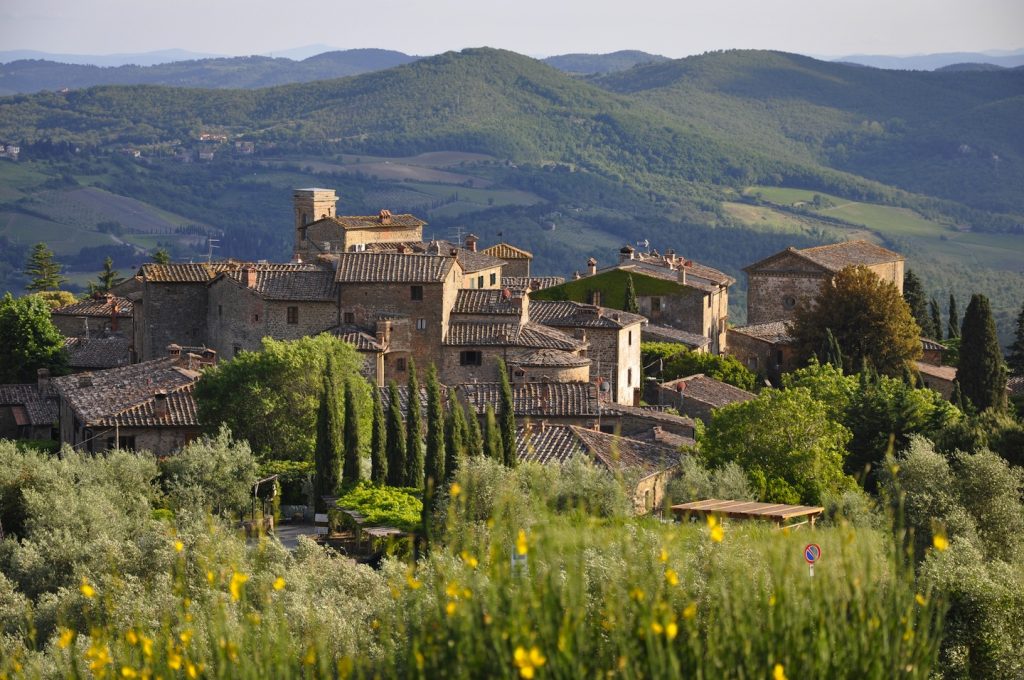
Slow Tours offers a number of Wine Tours in Europe and a range of Tours in Italy